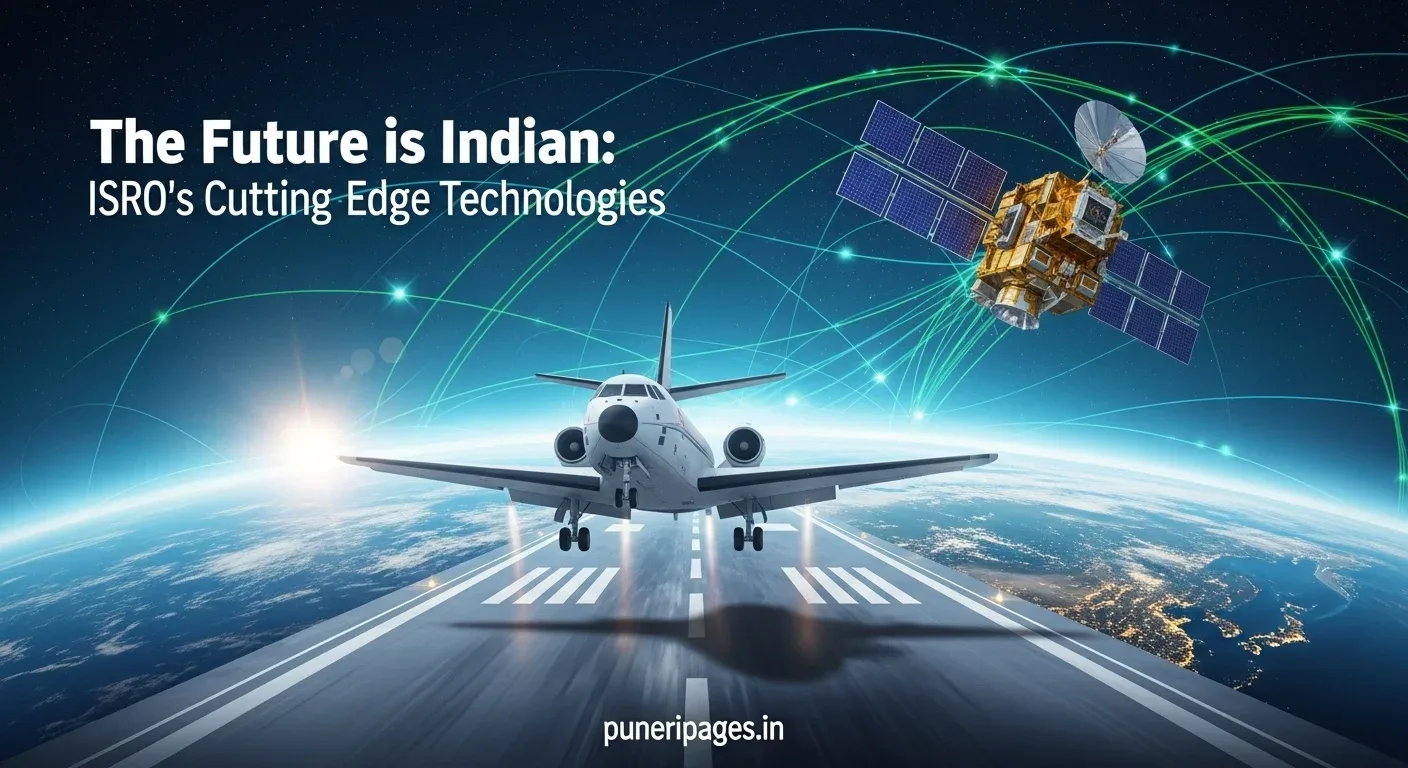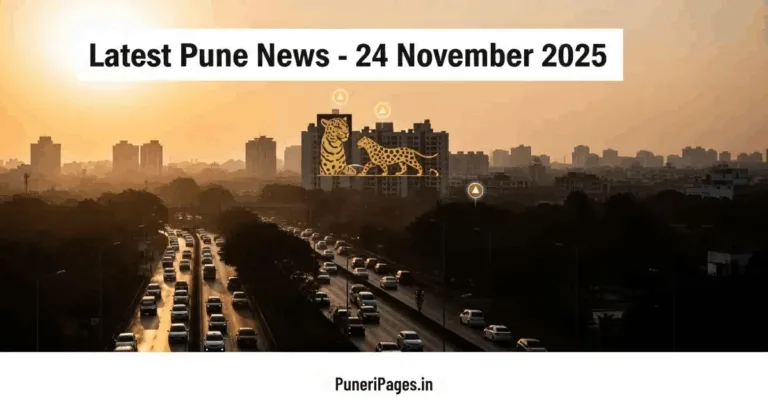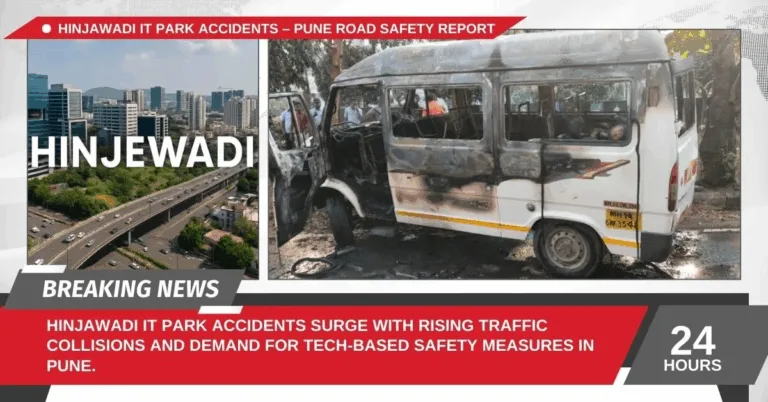
ISRO’s Cutting-Edge Technologies are shaping India’s future in space.
By Prashant for PuneriPages.in
When we think of ISRO, missions like Chandrayaan, Mangalyaan, and the upcoming Gaganyaan immediately come to mind. These are the milestones that grab headlines and make every Indian proud. But honestly, the real magic happens behind the scenes—where scientists spend years building technologies that most of us don’t even know exist yet.
This is what excites me about ISRO. It’s not just a rocket-launching agency; it’s a technology factory. Every new idea, every little invention is another brick in India’s journey to becoming a true space power.
So, I thought I’d share some of the coolest breakthroughs ISRO has been working on recently. And trust me, they sound like science fiction, but they’re very, very real.
Table of Contents
1. Pushpak: India’s Reusable Spaceplane Dream
Meet Pushpak, ISRO’s reusable launch vehicle. If you picture a mini space shuttle with wings, you’re not far off. Instead of using a rocket once and throwing it away (which is why launches are so expensive), Pushpak can actually fly back and land on a runway like an airplane.
The most exciting part? In June 2024, ISRO tested it again—dropping it from a helicopter—and it nailed a fully autonomous landing. Imagine that: no pilot, no joystick, just onboard brains guiding it smoothly onto the runway.
If scaled up, this could slash launch costs by almost 90%. Space might finally become something we can use regularly, not just on special occasions.
2. Cracking Quantum Communication
Okay, this one sounds like a Marvel movie plot, but it’s real. ISRO is experimenting with quantum communication—a way of sending data that’s basically unhackable.
The trick is that it uses the principles of quantum physics. If anyone tries to eavesdrop, the data literally changes itself and both sides know something’s wrong. They’ve already tested it over 300 meters and even did a secure video call using it.
In the future, this could be the backbone for secure banking, defense, and satellite communications. Imagine a world where data leaks and hacks are impossible—that’s the level of game-changer we’re talking about.
3. IDRSS: The Space Wi-Fi for Astronauts
When India sends astronauts into space, they can’t afford “no signal” moments. That’s where the Indian Data Relay Satellite System (IDRSS) comes in.
Think of it like a Wi-Fi router in space. It sits high above Earth and constantly talks to satellites or crew capsules below, making sure communication never breaks, even when ground stations can’t see them.
For Gaganyaan, this is non-negotiable. Astronauts need constant two-way contact, and IDRSS is what will make it possible.
4. Building Bigger, Stronger Engines
If ISRO wants to send heavier satellites, lunar bases, or even Mars missions, it needs more power. Right now, scientists are working on a semi-cryogenic engine that uses kerosene and liquid oxygen.
Why that matters: kerosene is easier to handle than liquid hydrogen, but still packs serious punch. This engine could become the heart of India’s next generation of rockets, letting us launch bigger missions without borrowing tech from anyone else.
5. The Quiet Heroes: AI, Sensors & Materials
Not everything ISRO does makes headlines, but without these “boring-sounding” breakthroughs, nothing else would work.
- Autonomous landing systems: Pushpak doesn’t just land itself by luck; it uses crazy-smart software and sensors to make split-second decisions.
- Heat-proof materials: Reusability means the vehicle has to survive scorching re-entries again and again. ISRO engineers are literally inventing new alloys and thermal shields to make that happen.
- Sensor fusion: Combining data from gyros, cameras, GPS, and altimeters so the craft always knows exactly where it is.
These are the small things that quietly make the big dreams possible.
6. What’s Still Cooking
Not everything is finished yet, and that’s okay. Science is always a work in progress.
- The human-rated Gaganyaan rocket is still being perfected to make sure astronauts are 100% safe.
- Pushpak, as cool as it is, is still a test vehicle—it’ll take years before it launches satellites.
- Quantum networks need to scale from a few hundred meters to thousands of kilometers.
- Heavy-lift engines are still on the drawing board.
But honestly, that’s the beauty of ISRO. It’s not about shortcuts; it’s about building the future brick by brick.
Conclusion: Why This Matters
Reading about all this, I can’t help but feel proud. These aren’t just machines—they’re proof of what India can do when we dream big and back it with science.
Reusable spaceplanes, unhackable communication, smart satellites, AI-powered systems—this is the stuff that will define the next 50 years of space exploration. And the best part? It’s all being built right here, by us.
ISRO is showing the world that India isn’t just catching up—we’re setting the pace.






